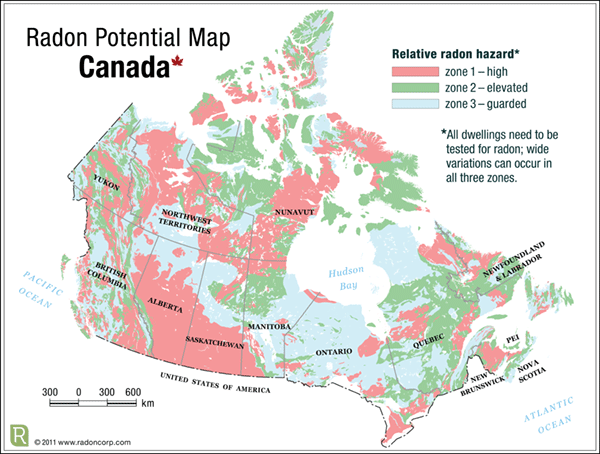What are material latent defects and how do they effect your home purchase?
Material latent defects are a physical defect that is not discernible through a reasonable inspection, and makes a property dangerous or potentially dangerous to the occupants. A good example of a material latent defect is mold issues which have been covered up prior to putting a home on the market.
These are defects that may not be discoverable during a reasonable inspection of the property, even by a professional home inspector. Material latent defects may also include defects that would be very expensive to repair or when a seller did not acquire permits prior to developing a basement.
These are things your professional will not know unless you tell them. If defects are discovered by a buyer during an inspection, or by their own real estate professional or lawyer when they review permits, real property reports, or title, it could put the transaction in jeopardy.
Examples of material latent defects
- a seller finished the basement of their house and in the process covered a large crack in the basement wall that affects the structure
- a seller finished the basement of their house, or built an addition or a garage, without the appropriate permits
- a seller knows that whenever it rains, water enters the house
- the home was a former marijuana grow-op and the property has not been remediated. The growing conditions for a large marijuana grow operation create an ideal environment for potentially dangerous mould and mould spores and these may linger and continue to make the property unfit to live in if it has not been remediated
- the home was a former production operation for fentanyl or other opioids. Particles of these substances can remain in homes and surfaces and can be extremely dangerous if touched or inhaled
Sellers cannot hide defects or mislead buyers about the condition of the property or other attributes. Sellers must disclose all known material latent defects.
Your real estate professional must also disclose to buyers any material latent defects they know about. Real estate professionals cannot help hide or disguise material latent defects.
 Radon Gas Map, Canada. Source: Radon Environmental Management Corporation. 2011
Radon Gas Map, Canada. Source: Radon Environmental Management Corporation. 2011